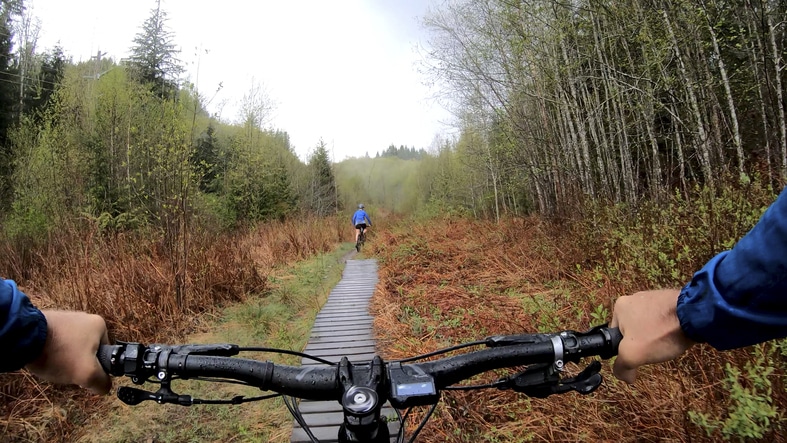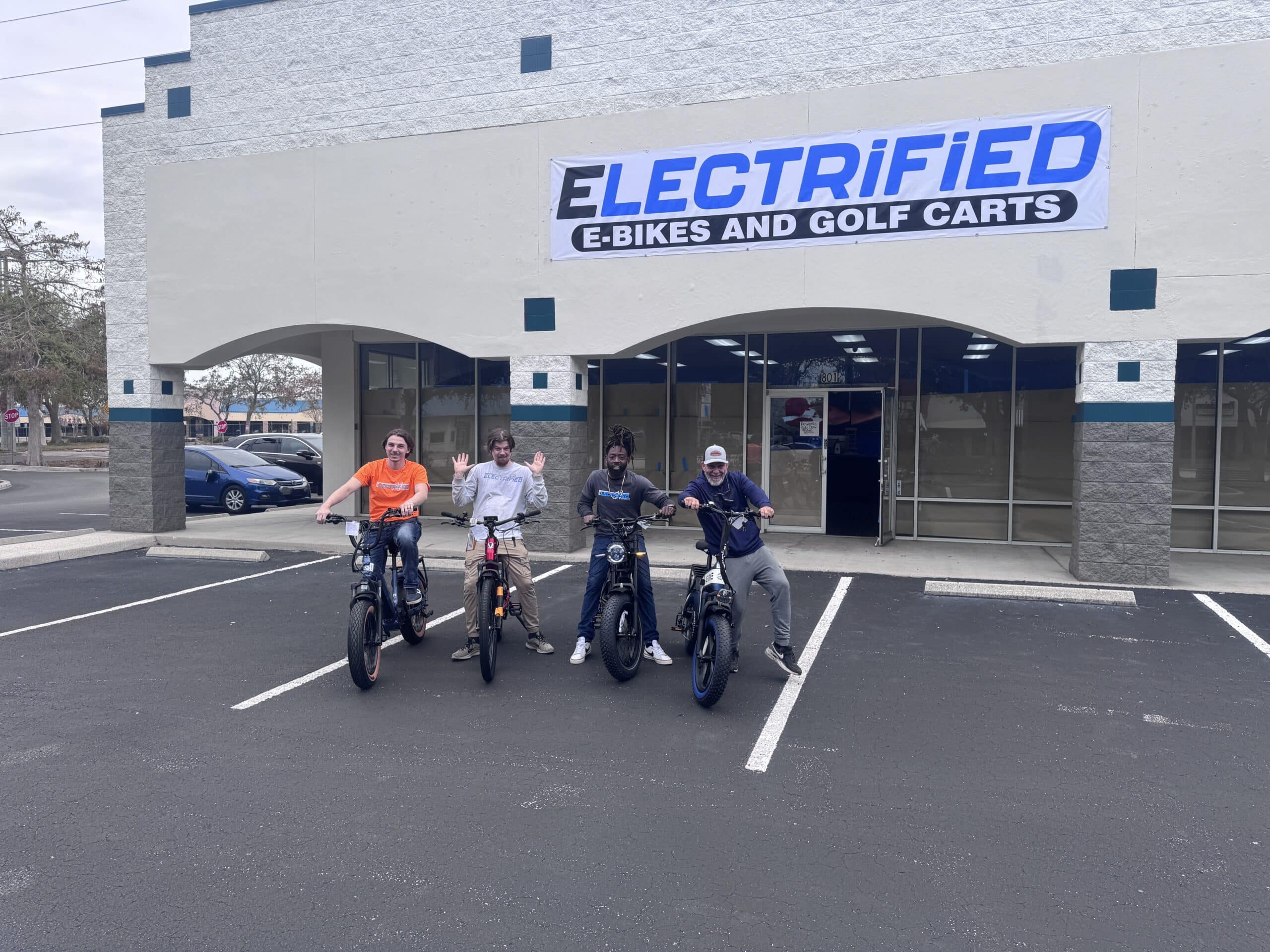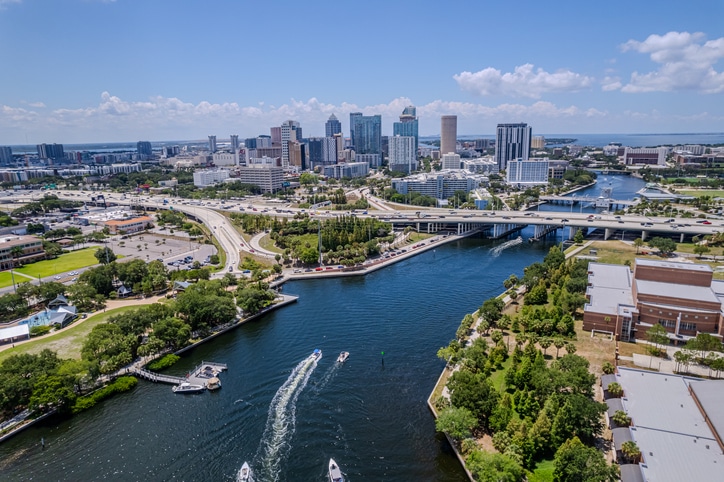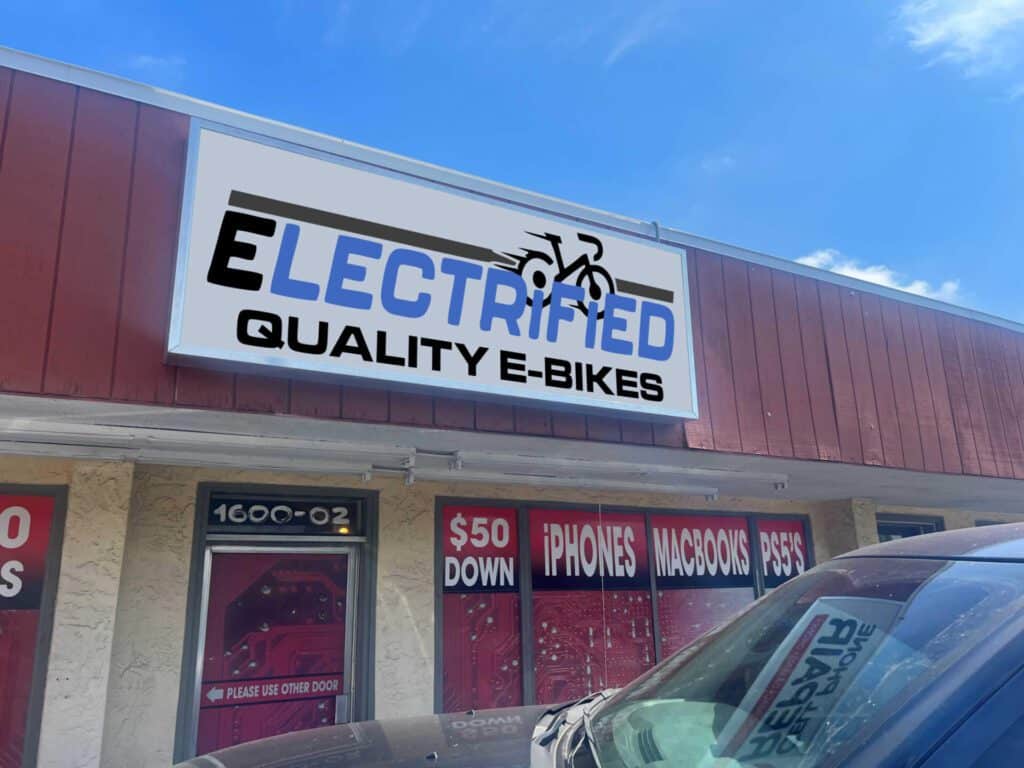Weather can be unpredictable, so it’s important if you use your electric bike for regular commuting to understand riding in the rain. You can ride an e-bike in the rain, so here’s what you need to know.
Understanding E-bike Design and Waterproof Components
Most electric bikes are designed to handle light to moderate rain, but avoiding submersion is highly recommended.
The Motor
E-bike motors are well sealed for protection, but avoiding splashing water whenever possible is important.
Battery
Batteries are built to withstand water. Most electric bikes have an IP rating of IP65, which means they can withstand a large quantity of harmful dust and low-pressure water jets from every direction. Avoid submersion.
Controller
The controller on your e-bike manages the flow of electricity between your battery and the motor. It is waterproof, as well as the wiring and connectors.
IP Ratings and What They Mean
Ingress Protection Ratings (IP) is a standardized rating system of protection for all electrical devices against water, dust, and other substances. The second digit of the rating explains the level of water protection.
It is important to understand IP ratings so you can safely ride an e-bike in the rain. A rating of IPXO means there is no water protection at all. As the rating scale moves from IPX1, protection from dripping water, all the way up to IPX8, continuous submersion, you will better understand your bike’s design.
As we discussed earlier, most e-bikes have an IP65 rating. Resistant to a large amount of harmful dust and low-pressure jets from any direction. Regardless of your bike’s rating, always avoid excessive moisture and water pressure whenever possible.
Safety Tips for Riding an Electric Bike in the Rain
To safely ride an e-bike in the rain, Electrified E-bikes suggest the following safety tips for riding in inclement weather:
- Always reduce your speed and allow longer braking distances to be safe on slick roads.
- Wear the appropriate gear. Waterproof clothing is vital to wear in the rain and is available if you are unexpectedly caught in a storm.
- Reflective gear for low visibility. Rain means low visibility, so be sure you are protected by wearing clothing that shows up under low light conditions.
- Fenders. If you live in a rainy climate, installing fenders is a good idea to minimize splashing and will keep you and your bike cleaner.
- Rain causes reduced traction, so slow down and use extra caution on turns and corners.
- Learn proper braking techniques for wet weather. Using gentle, consistent pressure is best when trying to stop in wet conditions.
- Dry your bike completely after riding in wet conditions to help prevent rust and corrosion.
- Regularly inspect your bike for any signs of possible water damage.
Riding an e-bike in any weather condition, like rain, can be safe if you prepare correctly, learn how to use your particular e-bike properly, and understand its features.
Flat terrain. Beautiful weather. Miles and miles of bike paths.
Florida is a dream come true for cyclists.
And now, Electrified E-bikes is making it easier than ever to enjoy what Florida offers with state-of-the-art electric bikes.
Here, you’ll find an outstanding selection of e-bikes from respected brands. Our E-bike specialists are here to help you find the perfect bike that matches your budget and riding style.
We are your one-stop shop for a large selection of electric bikes and a service department unmatched in expertise and knowledge.
Come in and take a test drive today! An exciting e-bike adventure is waiting for you!




